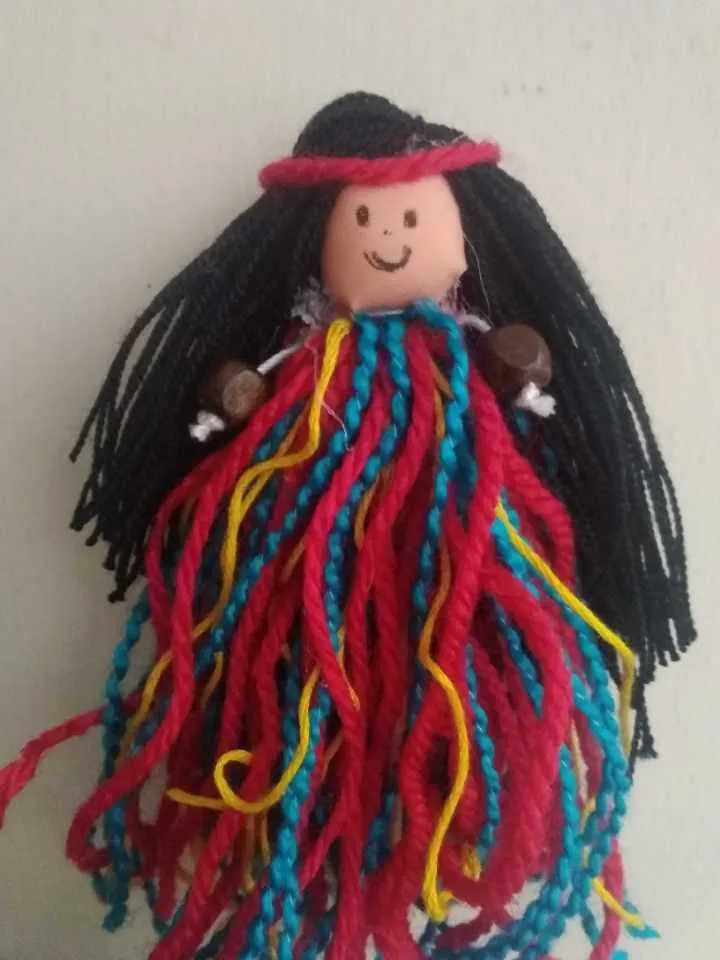
Saludos hivers lectores, tiempo sin hacer manualidades, pero aquí estoy nuevamente compartiendo lo es mi participación en el concurso de bricolaje de diversidad cultural propuesto por @diyhub con la finalidad de honrar la diversidad cultural a nivel mundial, lo cual me parece excelente dado que muchas culturas aún en este siglo no han sido tomadas en cuenta.
Por mi parte, elegí elaborar una pequeña muñeca con hilos de estambre para reconocer a quienes pertenecen a la Guajira de mi país Venezuela, ubicados en el estado Zulia. Las mujeres de esta etnia indígena se distinguen por su hermosa vestimenta y su larga cabellera, ellas lucen un atuendo muy largo y ancho, colorido; el cual lleva por nombre MANTA el cual es combinado con una larga cinta que llevan alrededor de la cabeza atándola en la parte trasera de esta; estas personas poseen costumbres diferentes a las del resto del país, las mujeres se caracterizan por ser trabajadoras, especialmente en el ramo de la artesanía incluso elaboran sus propios trajes y también los venden en mercados públicos.
Greetings hivers readers, long time no crafts, but here I am again sharing what is my participation in the DIY contest of cultural diversity proposed by @diyhub in order to honor cultural diversity worldwide, which I think is excellent since many cultures even in this century have not been taken into account.
For my part, I chose to make a small doll with yarn to recognize those who belong to the Guajira of my country Venezuela, located in the state of Zulia. The women of this indigenous ethnic group are distinguished by their beautiful clothes and their long hair, they wear a very long and wide, colorful attire; which is called MANTA which is combined with a long ribbon that they wear around the head tying it at the back of this; these people have different customs from the rest of the country, women are characterized by being hard workers, especially in the field of handicrafts even make their own costumes and also sell them in public markets.
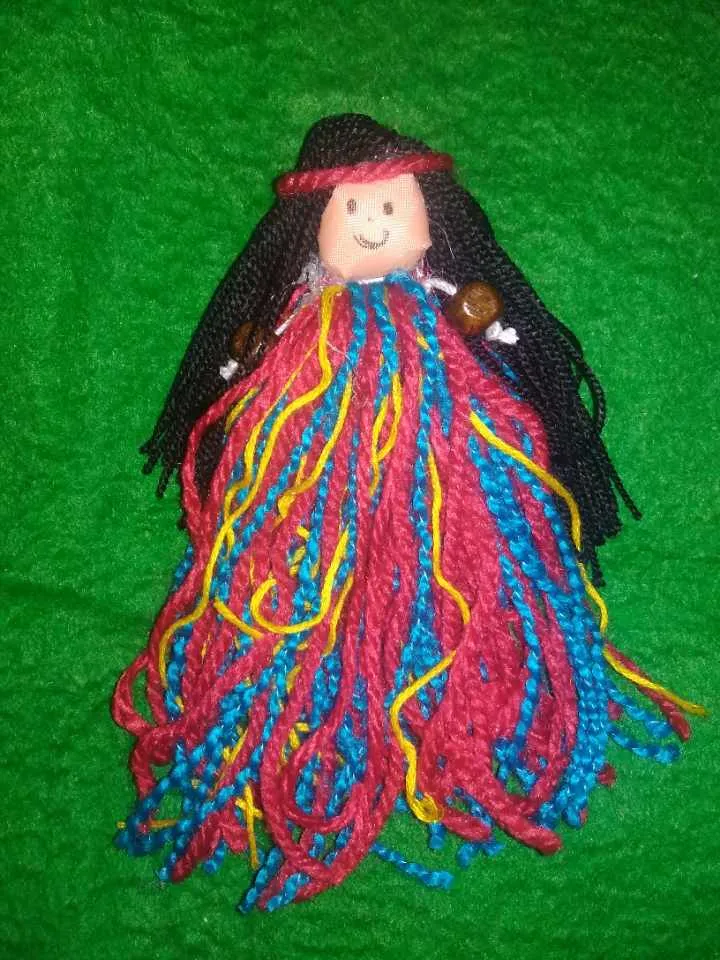
Materiales:
Hilo de estambre en color rojo, amarillo, azul, negro y blanco.
Retazo de tela en color piel
Relleno
2 esferas de color marrón.
1 marcador de color negro
Tijera
Caja pequeña de cartón.
Pistola de silicona
Aguja de coser con hilo.
Materials:
Yarn of worsted yarn in red, yellow, blue, black and white.
Piece of fabric in leather color
Stuffing
2 brown spheres.
1 black marker
Scissors
Small cardboard box.
Silicone gun
Sewing needle with thread.
Elaboración/Prepared by
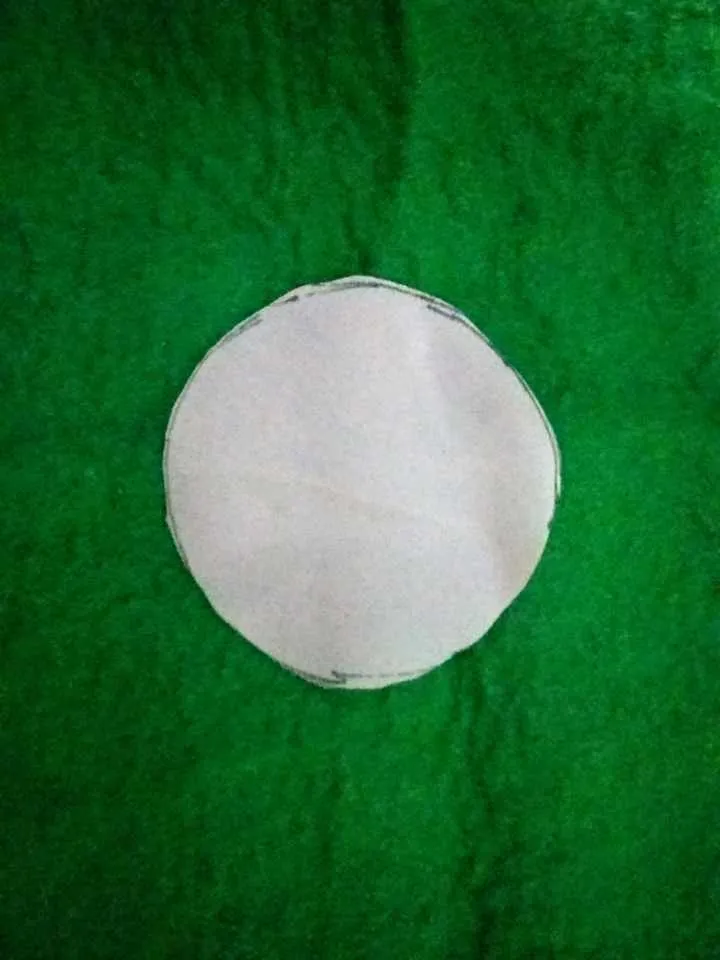
Lo primero es trazar un círculo de 6 centímetros en la tela y luego recortarlo con la tijera.
The first thing to do is to trace a 6-centimeter circle on the fabric and then cut it out with the scissors.
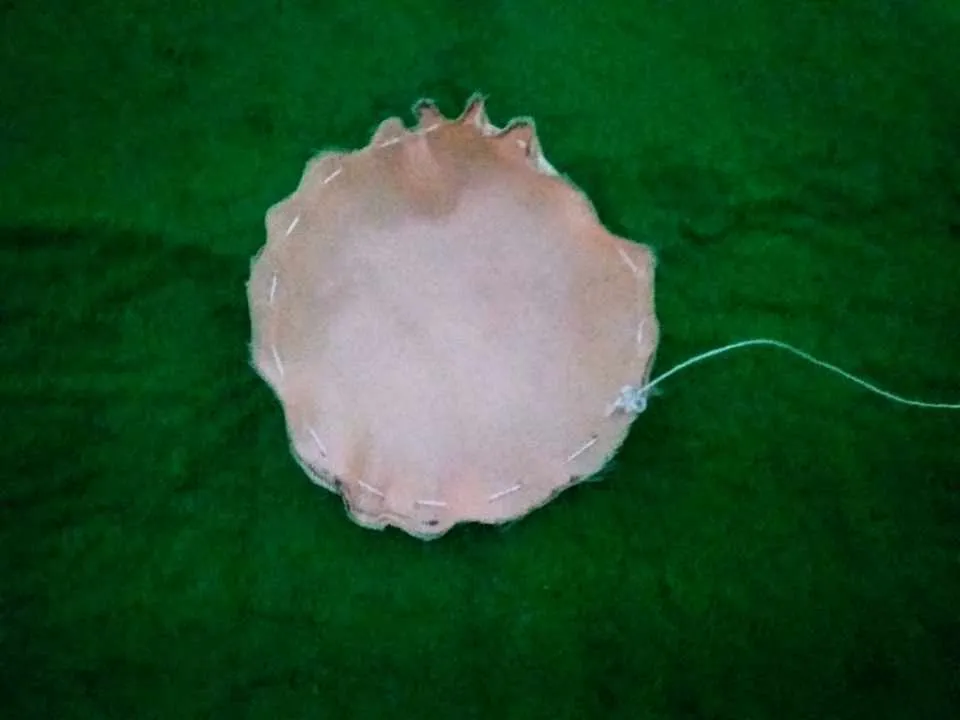

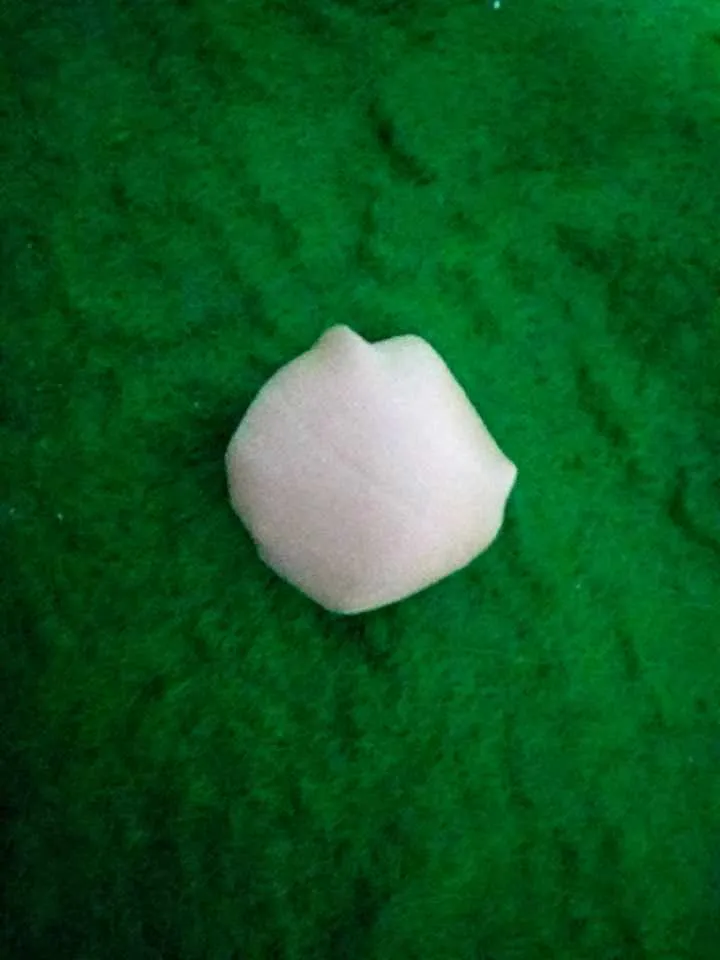
Con la aguja e hilo vamos a realizar una costura muy suave por todo el contorno del círculo para luego fruncir un poco, colocar el relleno de manera que quede muy parejo, halar el hilo y cerrar la costura, obteniendo lo que será el rostro de la muñeca.
With the needle and thread we are going to make a very smooth seam all around the circle and then gather a little, place the stuffing so that it is very even, pull the thread and close the seam, obtaining what will be the doll's face.
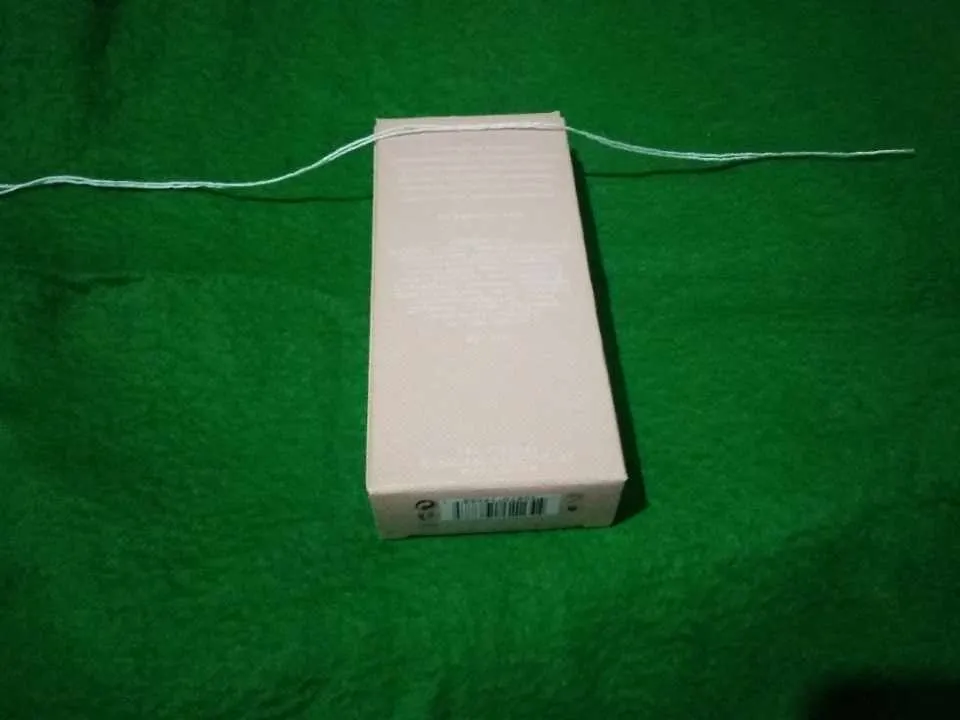
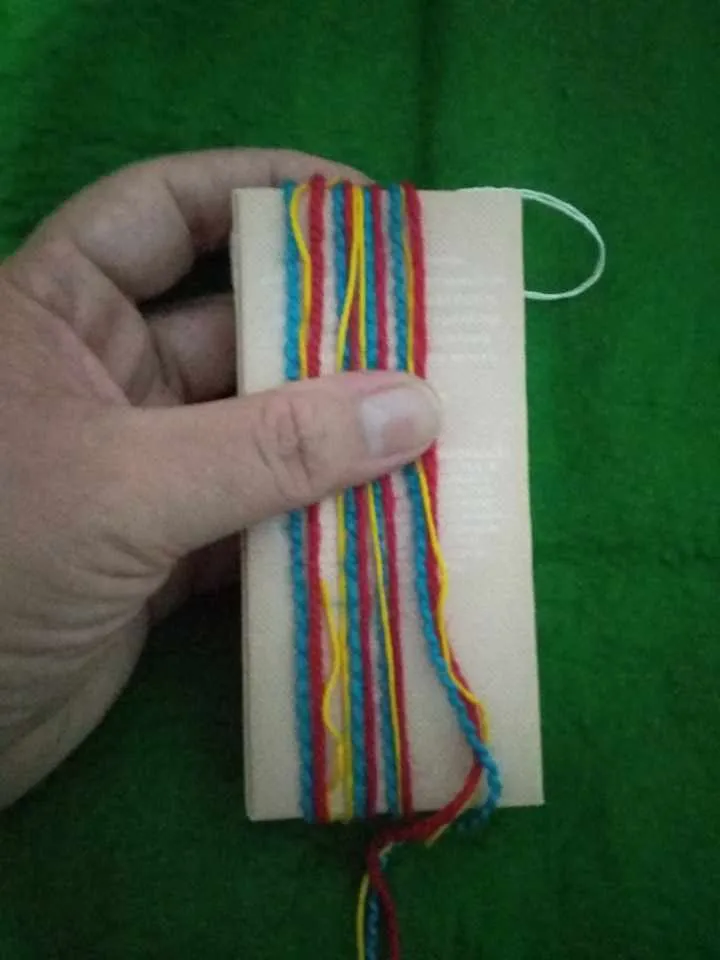
Acá vamos a trabajar con la caja de cartón, comenzando por colocar 10 centímetros de hilo de color blanco en la parte superior y encima de este iniciamos con los hilos azul, amarillo y rojo dando tantas vueltas en la caja de manera que este se vea abundante, ya que con él formaremos lo que será en vestido.
Here we are going to work with the cardboard box, starting by placing 10 centimeters of white thread in the upper part and on top of this we start with the blue, yellow and red threads, making so many turns in the box so that it looks abundant, since with it we will form what will be the dress.
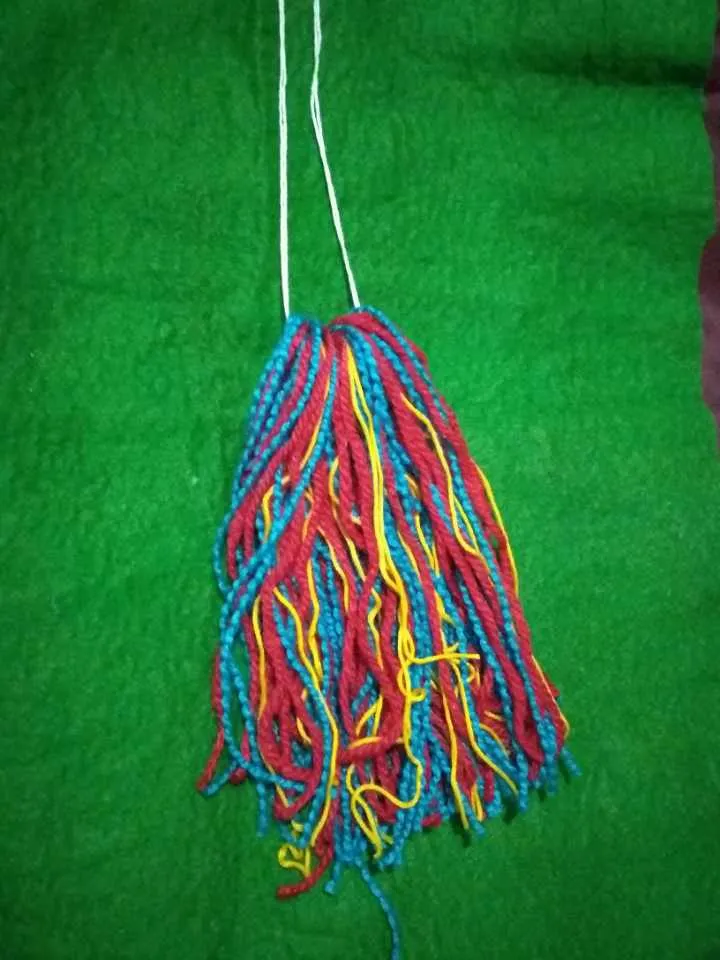

Sacamos de la caja, cortamos los hilos en la parte inferior, luego atamos para asegurar, dejando el excedente de ambos lados del hilo.
We take out of the box, cut the threads at the bottom, then tie to secure, leaving the excess on both sides of the thread.

En el excedente que quedó del hilo blanco, colocamos una esfera en cada extremo y aseguramos con un nudo; estos son los brazos.
On the excess white thread, we place a sphere at each end and secure with a knot; these are the arms.


Para el cabello usamos hilo negro, repitiendo el procedimiento del vestido, la única diferencia es que en esta parte, el cabello debe ser más corto que el vestido así que cortamos el hilo más que el largo del vestido, igualmente atamos y guiados por el hilo de atadura vamos a pegar a la cabeza con la pistola de silicona.
For the hair we use black thread, repeating the procedure of the dress, the only difference is that in this part, the hair must be shorter than the dress so we cut the thread more than the length of the dress, likewise we tie and guided by the tie thread we are going to glue to the head with the silicone gun.
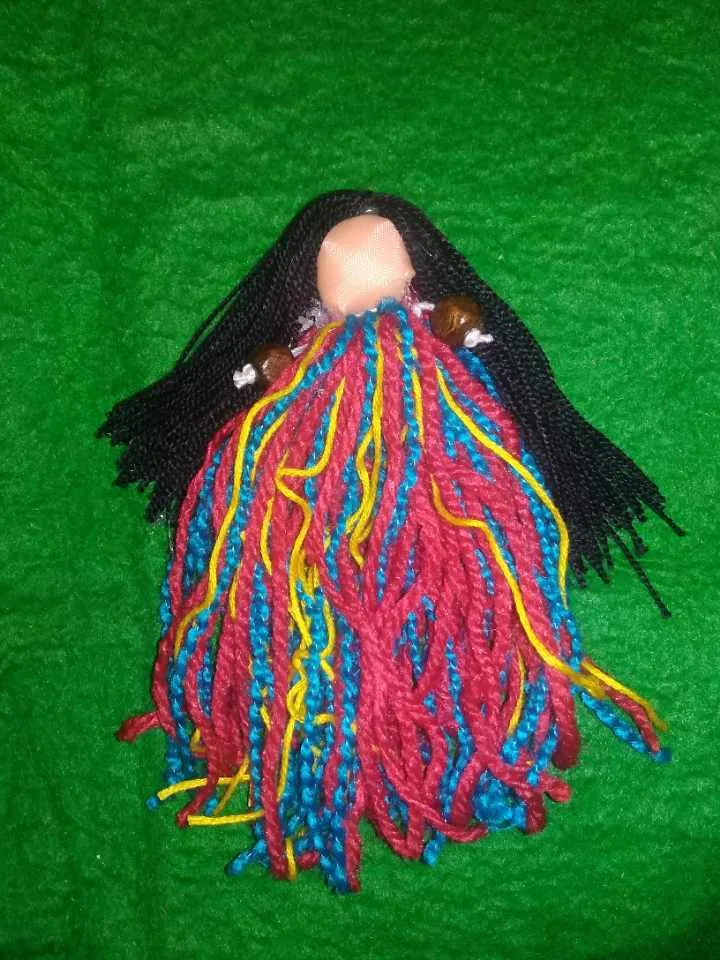

Teniendo ya lista la cabeza, proseguimos a unir al vestido con la silicona caliente y luego con el marcador realizamos los ojos y boca.
Once the head is ready, we continue to attach it to the dress with the hot silicone and then with the marker we make the eyes and mouth.

Por último, vamos a tomar un trozo de hilo color rojo para colocarlo en la cabeza y completar a la hermosa Guajira Zuliana.
Finally, we are going to take a piece of red thread to place it on the head and complete the beautiful Guajira Zuliana.
